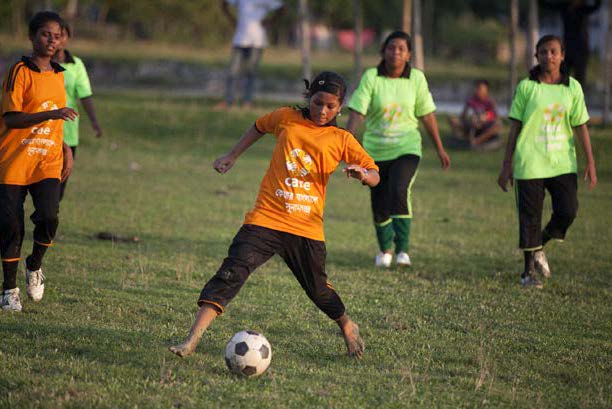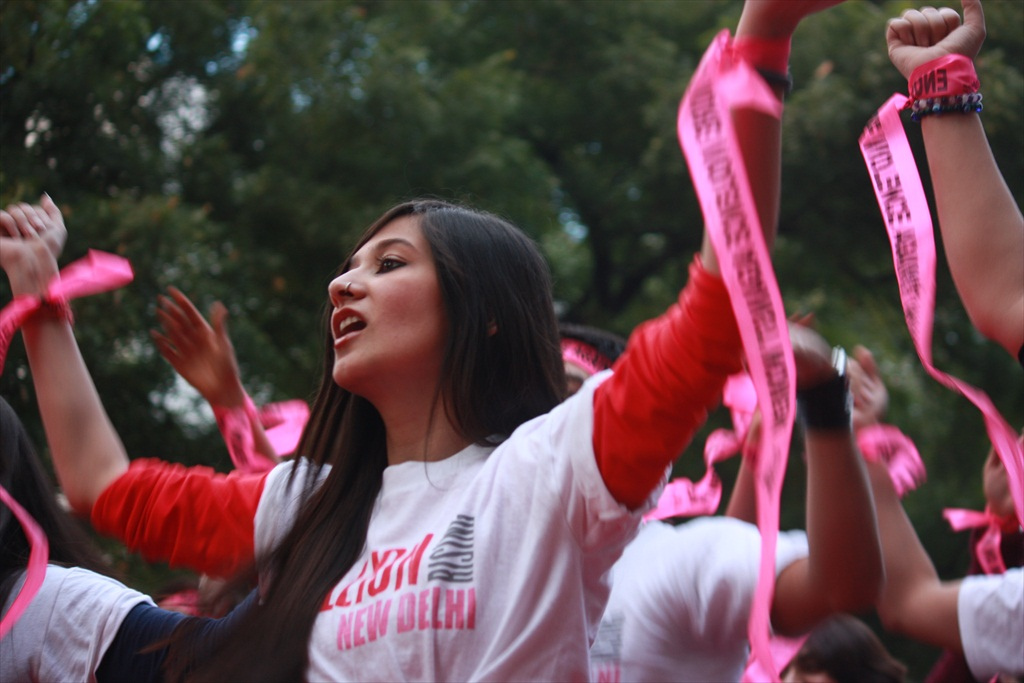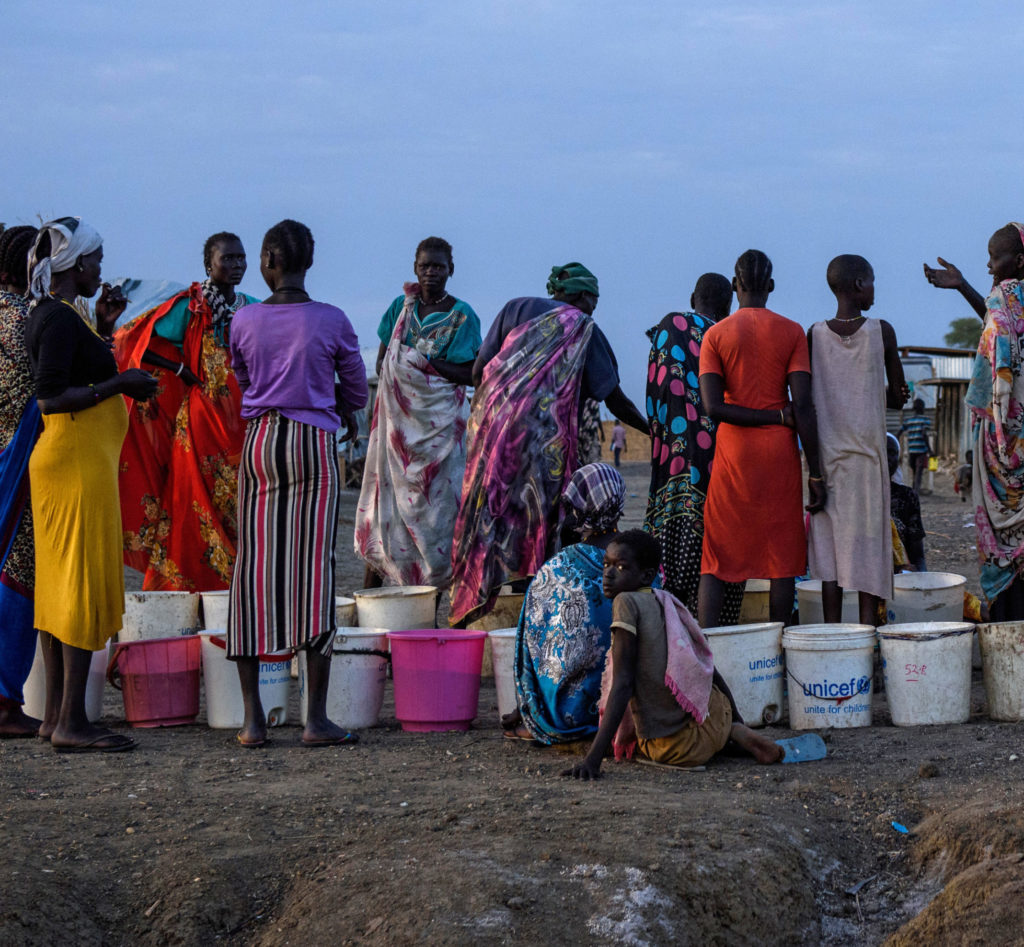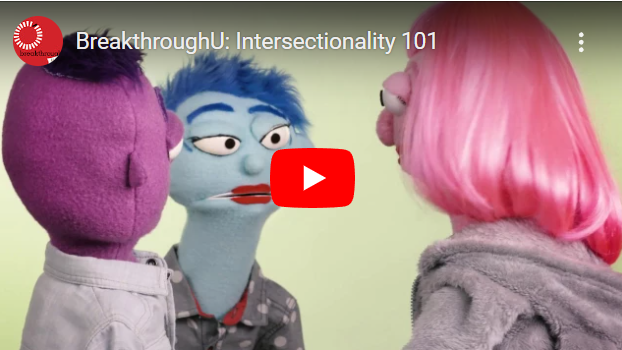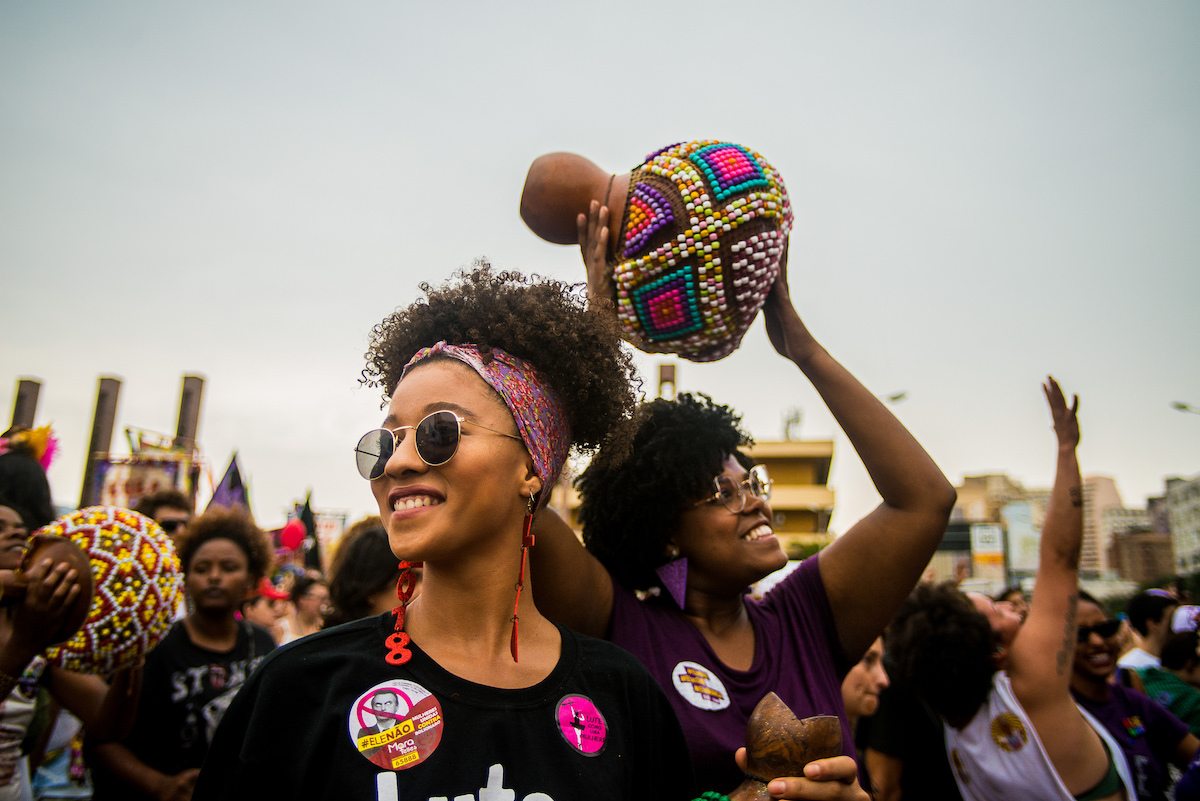
TRANSFORMING NORMS THAT PERPETUATE VIOLENCE
Social norms are often implicit, informal rules that most people accept and abide by. They are enacted by individuals, are embedded in institutions, and can have profound effects on individuals’ and groups’ behaviours and actions. Social norms are influenced by belief systems, perceptions of what others expect and do, and sometimes by perceived rewards and sanctions.
In some situations, norms can perpetuate practices that potentially undermine health and well-being and/or disadvantage certain social groups. Efforts to shift social norms—especially those that maintain inequities between men, women and gender-diverse individuals—are an important goal of violence prevention programming.
This page gives key resources and selected examples related to shifting social norms. For more background information, visit our Social Norms Change page.
Some behaviours, like stopping at a red stoplight, are themselves normative—those who fail to enact them are admonished, creating a direct link between the behaviour and the norm. Other practices—such as intimate partner violence—may not be obligatory themselves but are supported by other norms. Indirect norms for intimate partner violence include:
- Tolerance of violence as a way to resolve conflict
- Expectations of female obedience
- Family privacy, respectability, and honour
- Family unity over individual well-being
“SOMETIMES BEHAVIOR CHANGE PRECEDES NORM CHANGE, WITH INDIVIDUALS CHALLENGING ACCEPTED RULES; OTHER TIMES THE RULES THEMSELVES MUST CHANGE BEFORE BEHAVIORS AND ATTITUDES FOLLOW. NORMS ALSO BEND—BECOMING LESS RIGID IN CERTAIN CIRCUMSTANCES—AND THEN REVERTING WHEN A CRISIS OR CONTEXT HAS PASSED.”
CAROLINE HARPER, ODI
Some norms hinder social change, whereas others encourage helpful behaviours. Norms-based strategies can attempt to dismantle harmful norms, strengthen helpful ones, or catalyse an entirely new norm. Often, it is easier to replace a harmful norm with a new one rather than challenge a deeply entrenched shared belief.
Where norms are entrenched, they can hinder positive social change. But behaviours are motivated and sustained by multiple drivers, including individual and social factors (such as knowledge, aspirations, self-efficacy, and social support) and material and structural factors (such as access to resources and services and the policy environment). Change strategies must diagnose and address all of the factors that perpetuate a practice.
NOTE: Shifting social norms is a key strategy under both the United Nations framework to reduce violence against women (RESPECT) and the United Nations strategy to reduce violence against children (INSPIRE).
- The RESPECT framework includes the ‘Transformed Attitudes, Beliefs, and Norms’ strategy.
- The INSPIRE framework includes it under ‘Norms and Values’.

TRANSFORMING GENDER NORMS FOR VIOLENCE PREVENTION: THE WHAT, WHY, AND HOW
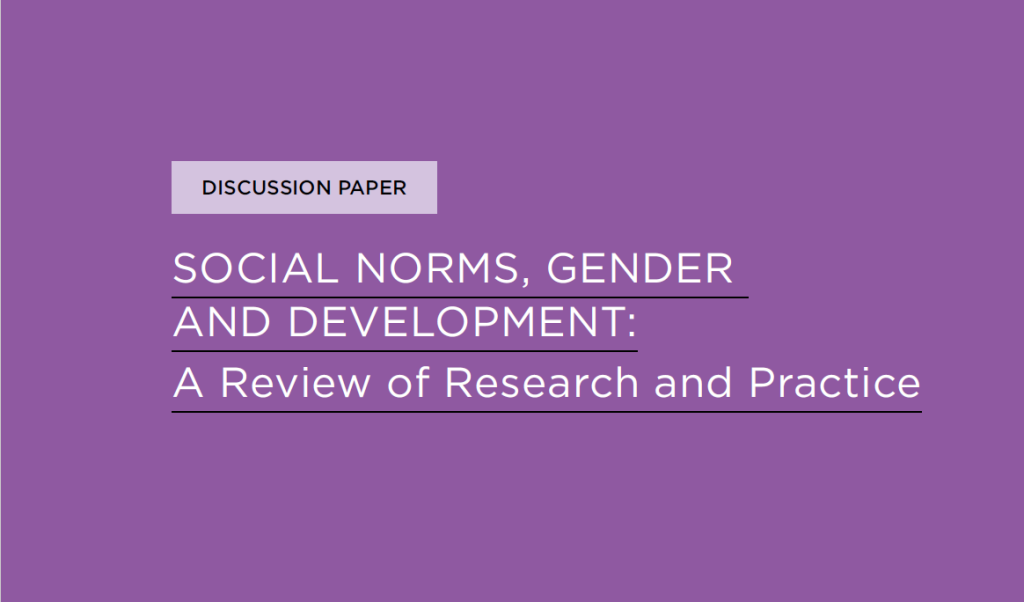
SOCIAL NORMS, GENDER AND DEVELOPMENT: A Review of Research and Practice
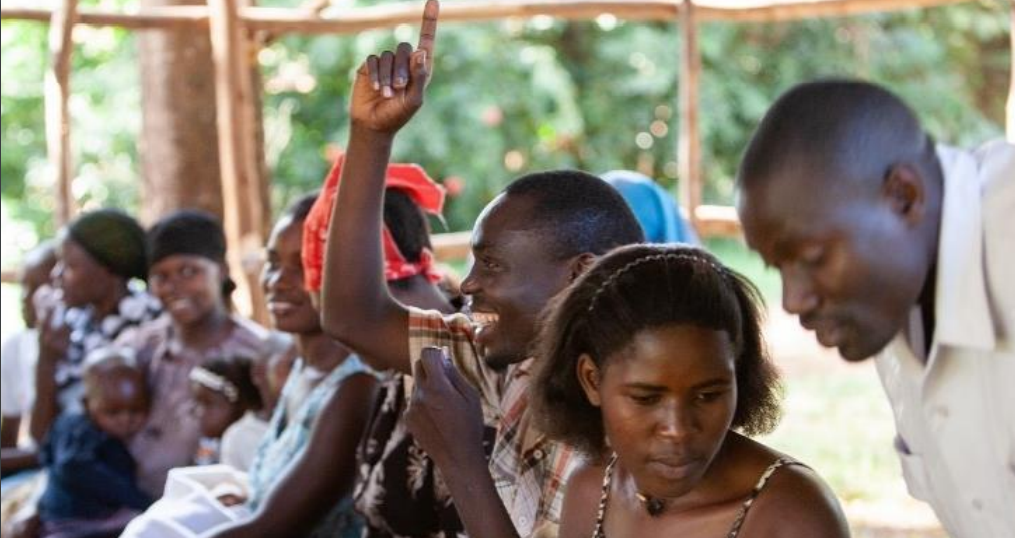
Monitoring Shifts in Social Norms: A Guidance Note for Program Implementers

Social Norms Atlas: Understanding Norms and Related Concepts

How to Identify and Advance Equitable Social Norms
